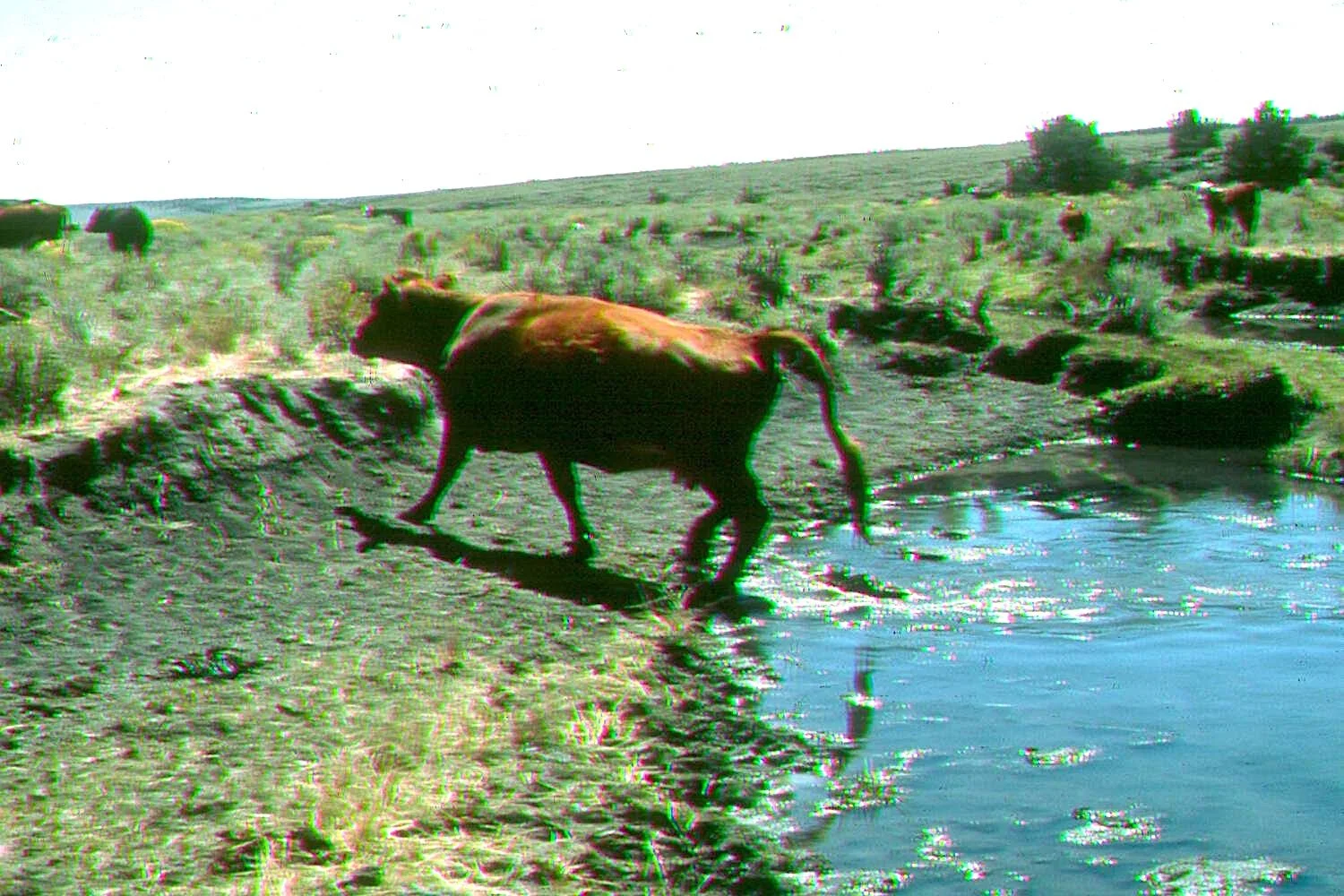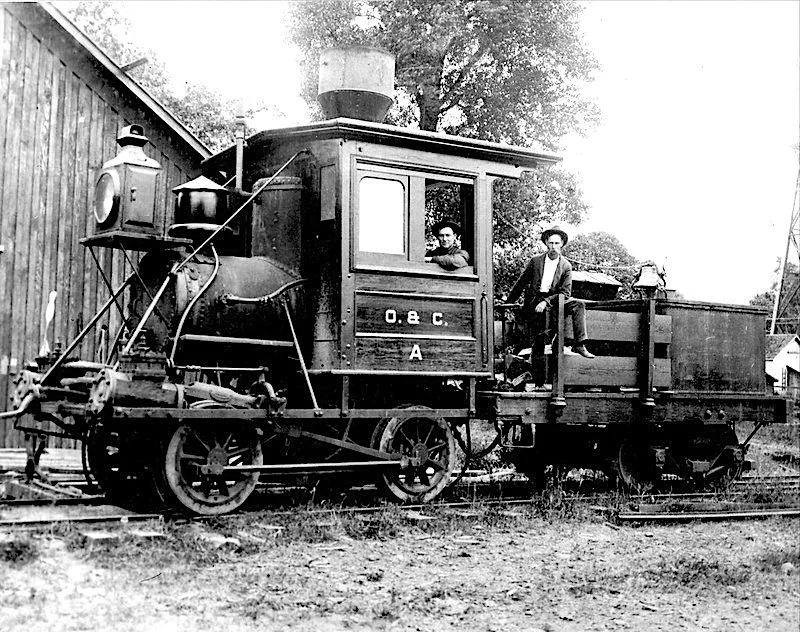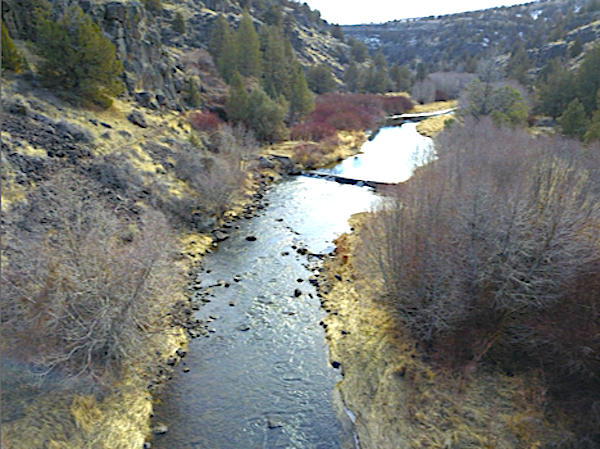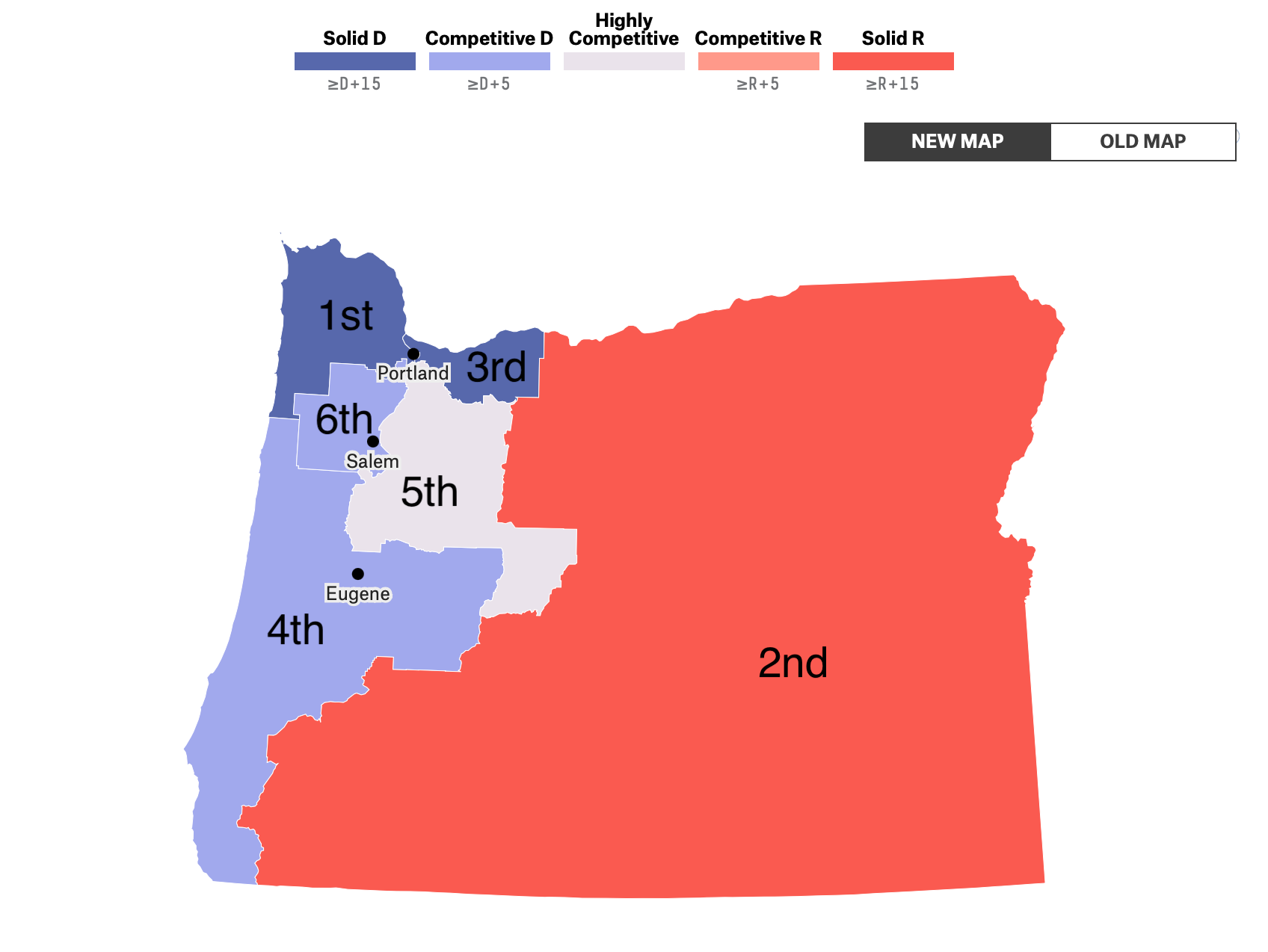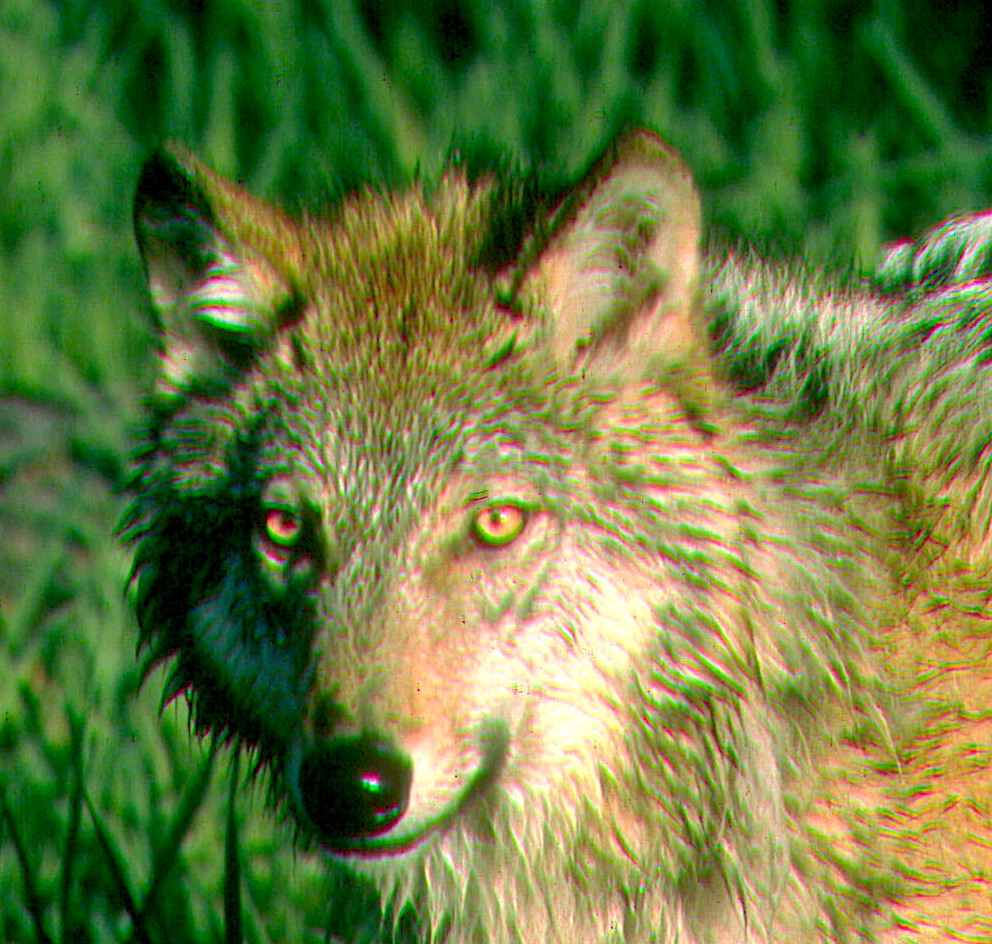Sort By Category
- 30x30
- Administration
- Antiquities Act
- Book Reviews
- Bureau of Land Management
- Climate Change
- Climate change
- Coasts
- Congress
- Counties & Federal Lands
- Courts
- Courts & Litigation
- Department of Agriculture
- Department of Interior
- Deserts
- Ecological Reserves
- Ecosystems
- Elections
- Endangered Species
- Energy
- Estuaries
- Federal Lands
- Fish
- Fish and Wildlife Service
- Forest
- Forest Fires
- Forest Service
- Forestry
- Forests
- Grasslands
- Land & Water Cons. Fund
- Land & Water Conservation Fund
- Legislation
- Litigation
- Livestock Grazing
- Marine Protected Areas
- Marine Sanctuaries
- Mature & Old-Growth Forests
- Mature and Old-Growth Foresrts
- Mining
- Nat'l Conservation Lands
- National Forest System
- National Marine Sanctuaries
- National Monuments
- National Monuments Act
- National Park Service
- National Park System
- National Parks
- National Recreation Area
- National Scenic Area
Sort By Tag
- 1002 area
- 30x30
- 5th Amendment
- ANWR
- Acadia National Park
- Adam Smith
- Administrative Procedure Act
- Advancing Conservation and Education Act
- Alan Bates
- Alan Deboer
- Alaska
- Alaska National Interest Lands Act
- Alaska Native Claims Settlement Act
- Aldo Leopold
- American Forest Resource Council
- American Prairie Reserve
- American Tree Farm System
- American beef supply
- American black duck
- American woodcock
- Ammon Bundy
- Ancient Forest National Park
- Anders Eskil Carlson
- Andrea Salinas
- Andrew N. Gray
- Andy Kerr
- Animal unit month
- Ansel Adams
- Antiquities Act
- Applegate Primitive Backcountry Area
- Aqua Fria National Monument
- Aquatic Conservation Strategy
- Aquatic Conservation and Riparian Strategy
- Arches National Monument
- Arches National Park
- Arctic National Wildlife Refuge
- Areas of Critical Environmental Concern
- Army Corps of Engineers
- Association of O&C Counties
- Astoria Canyon
- Astoria Fan
- Atlantic Coast
- Augusta Canal NHA
- Avarna Group
- Avi Kaw Ame
- BLM Conservation Rule
- BLM Zone 3 Lands
- BOEM Oregon Planning Area
- Baboquivari Peak Wilderness
- Baker County
The Public Lands Conservation Legacy of Senator Ron Wyden, Part 1: Very Respectable but Not Yet Stellar
Ron Wyden has a way to go to exceed the Oregon public lands conservation legacy of his predecessor, Mark Hatfield, but he can do it before he retires.
Roadless Area Ping Pong
58.5 million acres of inventoried roadless areas within the National Forest System are once again in existential jeopardy.
While It Has Never Been Worse . . .
The public lands (and the entire conservation) community is fundamentally mis-organized to address today’s torrent of existential threats to the nation’s public lands.
Trump 2.0 and the Nation’s Federal Forestlands
The excesses of the executive branch will need to be checked by the judicial branch, the legislative branch, and/or the people.
Utah’s Existential Threat to Most BLM Holdings
Utah’s lawsuit against the United States is an existential threat to more than 200 million acres of federal public lands.
Wyden’s Unilateral Public Lands Livestock Grazing Giveaway
Senator Wyden is cosponsoring legislation that would give blank checks and get-out-of-jail-free cards to all BLM grazing permittees and lessees.
About That Vision Thing
When political realities come up against ecological realities, the former must be changed because the latter cannot.
O&C Lands Act, Part 4: Repeal the Act and Transfer the Lands
This is the fourth in a series of four Public Lands Blog posts regarding the infamous “O&C” lands, a variant of public lands administered by the Bureau of Land Management. Part 4 recommends repeal of the O&C Lands Act of 1937 and transferring administration of all BLM lands in western Oregon to either the Forest Service or the Fish and Wildlife Service.
Wyden’s Awesome Owyhee Opportunity
The White House is very interested in protecting Oregon’s Owyhee Canyonlands as a national monument before the end of Biden’s first administration. However, President Biden won’t proceed without the all-clear from Oregon’s two US senators. Your help needed. Now.
O&C Lands Act, Part 1: Neither 11th Commandment Nor 28th Amendment
This is the first in a series of four Public Lands Blog posts regarding the infamous “O&C” lands, a variant of public lands administered by the Bureau of Land Management in western Oregon. Part 1 sets the stage with a brief history and description of recent epochal events.
It’s About Dam Time
In 2000, Congress told the Bureau of Land Management to remove a small, but fish-damaging, dam on the Donner und Blitzen Wild and Scenic River and in the Steens Mountain Wilderness. The BLM may finally get around to it.
Changes Coming to the Oregon Delegation to the US House, Part 2: 1st, 2nd, and 4th Districts
This is the second installment of a two-part exploration of certain, probable, and/or needed changes to the Oregon delegation to the US House of Representatives in the 2024 elections.
Changes Coming to the Oregon Delegation to the US House, Part 1: 3rd, 5th, and 6th Districts
This is the first installment of a two-part exploration of certain, probable and/or needed changes to the Oregon delegation to the US House of Representatives in the 2024 elections.
Along with the great danger of the Oregon US House delegation becoming worse on public lands issues, there are also great opportunities for it to be better.
The Unmaking of the Northwest Forest Plan, Part 2: Remaking It for the Next Quarter Century
This is the second installment of a two-part series on the Forest Service seeking to amend the Northwest Forest Plan. Part 1 examined the motivation of Forest Service bureaucrats to release themselves from the shackles of the plan, all the while playing up happy talk about ecosystems and sustainability and downplaying the sad truth of more roading and logging. Part 2 examines how to strengthen the Northwest Forest Plan for the benefit of this and future generations.
The Unmaking of the Northwest Forest Plan, Part 1: Out with Enforceable Substance and in with Performative Process
This is the first installment of a two-part series on the Forest Service seeking to amend the Northwest Forest Plan. Part 1 examines the motivation of Forest Service bureaucrats to release themselves from the shackles of the plan, all the while playing up happy talk about ecosystems and sustainability and downplaying the sad truth of more roading and logging. Part 2 will examine how to strengthen the Northwest Forest Plan for the benefit of this and future generations.
Retiring Grazing Permits, Part 3: Future of the Voluntary Retirement Option
This is the third of a three-part exploration of retiring permits for grazing on federal public lands. Part 1 examined the state of the public lands grazing industry and made the case for the equitable end to abusive livestock grazing on public lands. Part 2 reviewed the history of congressional and other actions to facilitate retirement of federal grazing permits. Part 3 speculates on the future of this conservation tool.
Retiring Grazing Permits, Part 2: History of the Voluntary Retirement Option
This is the second of a three-part exploration of retiring permits for grazing on federal public lands. Part 1 examined the state of the public lands grazing industry and made the case for the equitable end to abusive livestock grazing on public lands. Part 2 reviews the history of congressional and other actions to facilitate retirement of federal grazing permits. Part 3 will speculate on the future of this conservation tool.
Retiring Grazing Permits, Part 1: Context and Case for the Voluntary Retirement Option
This is the first of a three-part exploration of retiring permits for grazing on federal public lands. Part 1 examines the state of the public lands grazing industry and makes the case for the equitable end to abusive livestock grazing on public lands. Part 2 will review the history of congressional and other actions to facilitate retirement of federal grazing permits. Part 3 will speculate on the future of this conservation tool.
Malheur County Federal Land Legislation Take 4, Part 2: The Ugly, the Missing, and the Alternative
As it’s a complex piece of policy and politics, this is the second of two parts, the first of which was published last week. Part 1 analyzed the legislation in terms of the good, the bad, and the whatever. This Part 2 will analyze the ugly and the missing, and suggest an alternative.
Malheur County Federal Land Legislation Take 4, Part 1: The Good, the Whatever, and the Bad
With a few critical tweaks, Senator Wyden’s legislation could be a net gain for the conservation of nature for the benefit of this and future generations. Without those tweaks, the bill as drafted is an existential threat to the conservation of federal public lands and should not be enacted into law.





